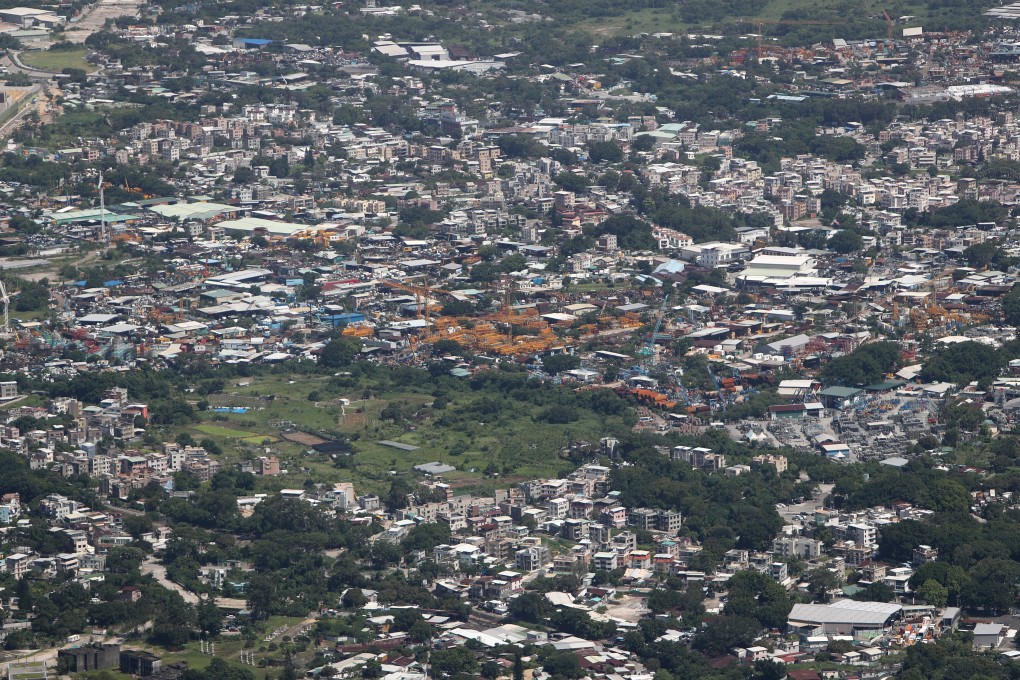Concrete Analysis | Technology can help create a database to speed up the development of 1,400 hectares of brownfield sites in Hong Kong
- The government should construct a comprehensive brownfield database and plan for ways to accommodate the existing occupants, writes Chiu Kam-kuen of Cushman & Wakefield
- Hong Kong could learn from successful overseas schemes like the Thames Gateway Project in London and the Pittsburgh Project in the US

A think tank in Hong Kong has proposed developing eight brownfield sites situated in the New Territories (and currently planned for public housing use) into a logistics hub. By doing so, they are seeking to meet the increasing demand for logistics sites associated with the sustained growth in online shopping, as well as utilising unused land for reinstatement of generators in the logistics industry.
As discussed in my previous article, the government is holding 1,400 hectares of brownfield sites in Hong Kong, and it should therefore consider carefully how to assemble land under fragmented land ownership and properly carry out land rezoning.
Brownfield sites refer mainly to agricultural land in the New Territories now occupied by warehouses for industrial, storage, logistics and parking uses.
Unlike in other countries, the majority of brownfield sites in Hong Kong are inhabited by operators, as opposed to being abandoned or vacant. If the government fails to accommodate brownfield operators’ concerns properly, it will inevitably affect the livelihoods of employees in the related industries.
Henceforth, in order to increase the transparency of Hong Kong’s brownfield land information and to further enhance efficiency of land use modification, the government ought to construct a comprehensive brownfield database and plan for ways to accommodate the operators concerned, prior to pursuing brownfield site planning and eventual development.
There is much to be learnt from brownfield site development carried out overseas. The Thames Gateway Project in the United Kingdom is one of the most successful examples, having created 160,000 residential units through the development of brownfield sites, farm and marshland since 2005.
Even as far back as 2004, the British government had already established a brownfield database, which includes data on site size, clean-up and restoration progress status, and the government’s expenditure on the related development plan.

